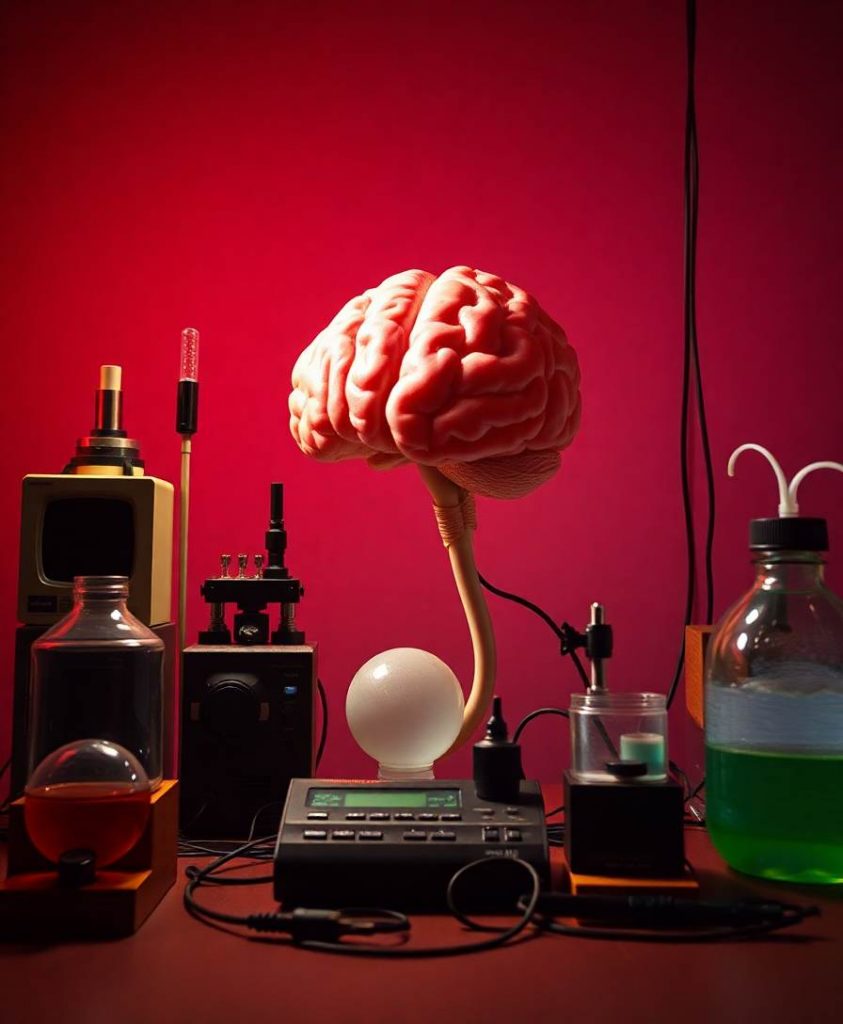In the previous decade, breakthroughs in the central nervous system bioinformatics and computational innovation have prompted significant developments in brain–computer interface (BCI), elevating it to the forefront of applied science and research. BCI revitalization enables neurorehabilitation strategies for physically disabled patients (e.g., disabled patients and hemiplegia) and patients with brain injury (e.g., patients with stroke). Different methods have been developed for electroencephalogram (EEG)-based BCI applications. Due to the lack of a large set of EEG data, methods using matrix factorization and machine learning were the most popular. However, things have changed recently because a number of large, high-quality EEG datasets are now being made public and used in deep learning-based BCI applications. On the other hand, deep learning is demonstrating great prospects for solving complex relevant tasks such as motor imagery classification, epileptic seizure detection, and driver attention recognition using EEG data. Researchers are doing a lot of work on deep learning-based approaches in the BCI field right now. Moreover, there is a great demand for a study that emphasizes only deep learning models for EEG-based BCI applications. Therefore, we introduce this study to the recent proposed deep learning-based approaches in BCI using EEG data (from 2017 to 2022). The main differences, such as merits, drawbacks, and applications are introduced. Furthermore, we point out current challenges and the directions for future studies. We argue that this review study will help the EEG research community in their future research.

